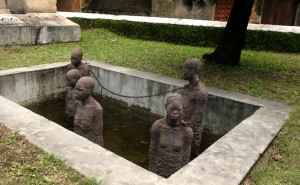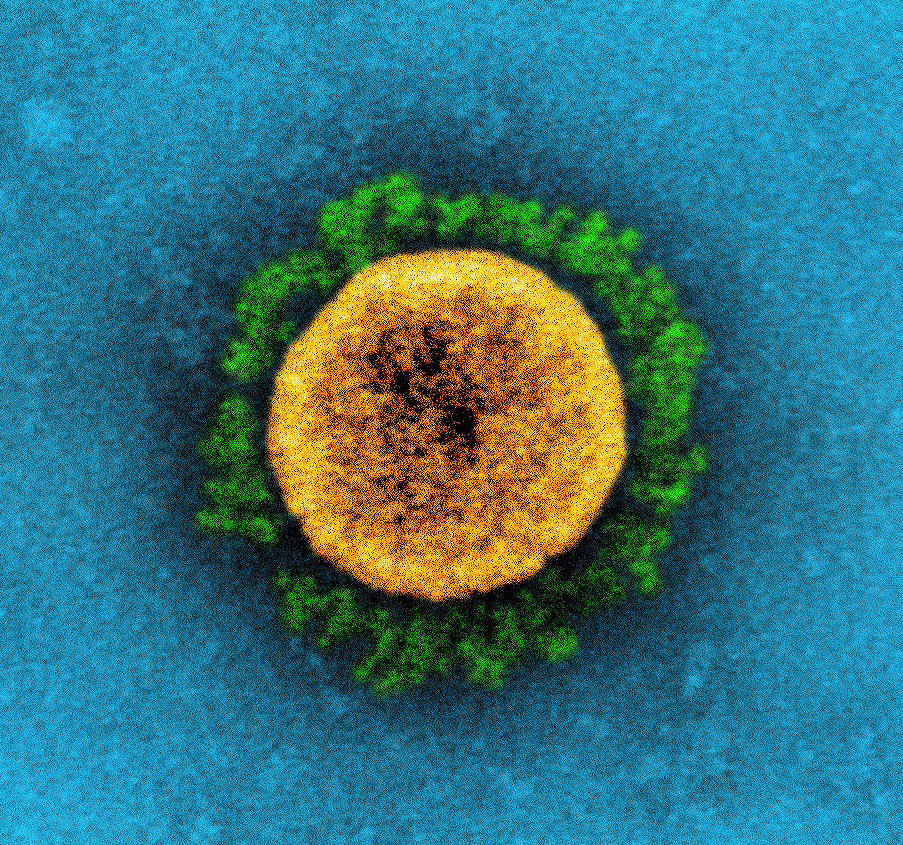| Source (Hebrew) | Translation (English) |
|---|---|
מי שברך אבותינו ואמותינו והוציאנו ממצרים ופדנו מבית עבדים׃ הוא יברך וירפא את הסובלים בעבדות ויוציאם לדרך חרות, חמדה טובה ורחבה. |
May the One who blessed our ancestors, who brought us out of the land of Egypt and freed us from being at home in slavery, bless and heal those who are now suffering in slavery and bring them on the path to freedom, beautiful, bountiful, and expansive. |
יי יחזקם ויחון אותם באומץ לב ואמונה למען יחיו. כן יחון אותנו בחיזוק, אומץ לב ואמונה כדי שנרדוף צדק למען חרותם של כל יושבי תבל. |
May Adonai give them strength, courage, and faith in order that they may live, and may Adonai give us strength, courage and faith to pursue justice for the sake of the freedom of all humanity. |
ולא ידע אף אדם את בושתה והשפלתה של העבדות וכדי שנוכל כולנו לעבוד את יי כפי שנבראנו על ידיו — כבני חורין ונאמר אמן. |
May no one again know the shame and humiliation of slavery and may we – all of us – be able to serve Adonai as we were created — as free men, women, and children. And let us say: Amen. |
We are grateful to Rabbi Joshua Boettiger and Rabbis for Human Rights–North America (RHR-NA) for sharing the following petitionary prayer, A Mi Sheberakh for Victims of Slavery. Originally published by RHR-NA on their website in 2009, the prayer attends to the desperate need to eradicate all forms of slavery that persist today, especially in advance of the holiday celebrating our Z’man Cheruteinu, the season of our freedom, every Spring, every Pesaḥ.

“מִי שֶׁבֵּרַךְ | Mi sheBerakh for Victims of Slavery, by Rabbi Joshua Boettiger (2009)” is shared through the Open Siddur Project with a Creative Commons Attribution-ShareAlike 4.0 International copyleft license.



![Reading [the Torah]
JOINT BASE BALAD, Iraq -- Chaplain (Capt.) Sarah Schechter, 332nd Air Expeditionary Wing rabbi, describes the newly arrived Jewish Torah following a Torah dedication ceremony at Gilbert Memorial Chapel here March 21. A Torah is a big parchment leather scroll on which the Five Books of Moses are handwritten in Hebrew. For thousands of years, this is how Jews have maintained their law, teachings, religion and society. (U.S. Air Force photo/Senior Airman Elizabeth Rissmiller)](https://opensiddur.org/wp-content/uploads/2019/11/090321-F-5193R-428.png)






I need some help adding nikkud to this piece. The author included a transliteration, here, but I’m terrible at knowing when to add a qamatz instead of a patakh (and vice-versa), and when to add a dagesh.
Mi Sheberach avoteynu v’imoteynu, v’hotzeyanu m’mitzrayim ufadanu m’beit avadim hu
yivarech v’yirapeh et ha’sovelim b’avdut v’yotzeam l’derech cherut, chemdah, tovah
ur’chava.
Adonai yichazekam v’yachon otam b’ometz lev v’emunah l’ma’an y’chiyu. Ken yachon
otanu b’chizuk, ometz lev v’emunah k’dei sh’nirdof tzedek l’ma’an cherutam shel kol
yoshvei tevel.
V’lo yeda af adam et ha’bushta v’hashpalta shel ha’avdut, v’kedei sh’nuchal kulanu
la’avod et adonai k’fi sh’nivranu al yadav, k’bnei chorin v’nomar amen.
The transliteration above is not written for accuracy on the return trip back to Hebrew, either. It uses inconsistent symbols for vowels and sheva na and misses some places where there is no dagesh kal.
There are some general rules, but there are enough special cases that it’s hard to list them in a comment and expect to get an accurate result.